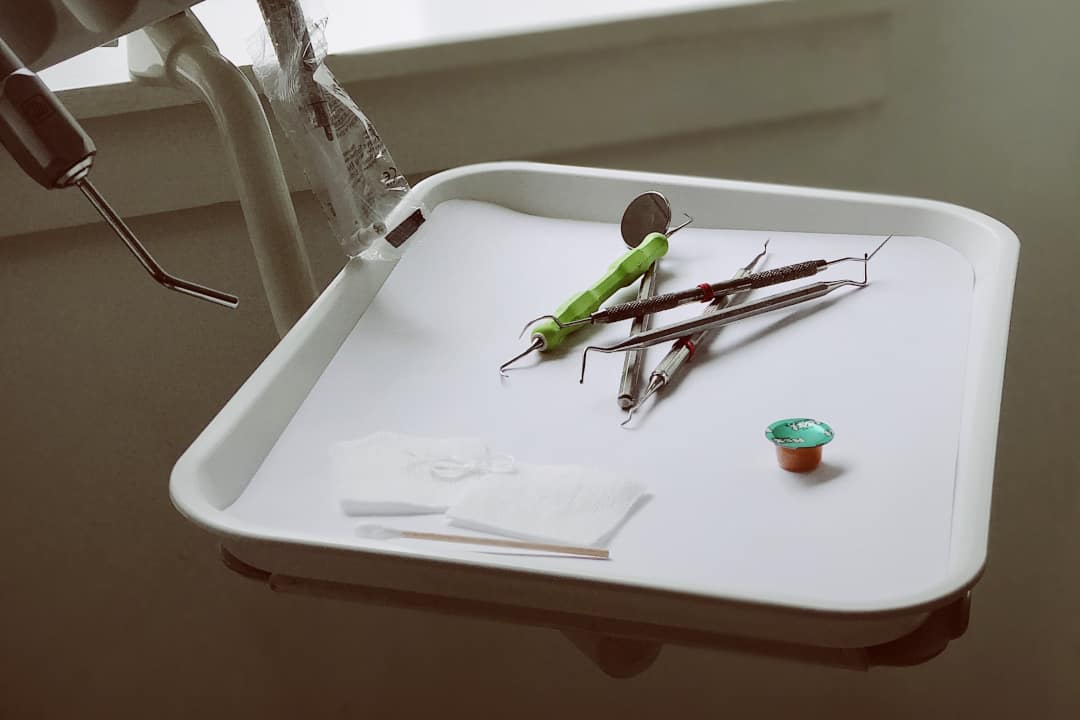Going to the dentist seems like a normal procedure for most. Even if a patient has to get a surgical treatment, life can be expected to return to normal after a few weeks of consistent care.
This is true — except in cases of morbidity or death that arise from dental procedures. What goes wrong when a patient dies in what seems like a routine health procedure, and how often do deaths like these occur?
The Varsity interviewed Dr. Alia El-Mowafy, a clinical instructor at the Faculty of Dentistry, to learn more about why this happens and why Ontario is remarkably safe.
Anaesthesia in Ontario dental surgery found to be safe
El-Mowafy and her colleagues recently published a paper about “the prevalence of mortality and serious morbidity for office-based deep sedation and general anaesthesia for dentistry in Ontario from 1996–2015.” Deep sedation is a form of anaesthesia in which patients are unconscious and cannot be easily roused, but can respond to repeated stimulation. On the other hand, when administered with general anaesthesia, patients are not only not arousable but also do not respond to stimuli.
The co-authors collected their data in two phases. In the first phase, data from the Office of the Chief Coroner of Ontario and the Royal College of Dental Surgeons of Ontario (RCDSO) were reviewed. In the second, the researchers surveyed all registered providers of dental anaesthesia in a dental setting.
The research team found that despite rare complications, the administration of deep sedation and general anaesthesia in Ontario is safe, and that permanent death or injury rarely occurs as a result.
What happens when surgery goes wrong?
This October, a five-year old girl in Regina, Saskatchewan ended up on life support after a general anaesthesia dental surgery mistake. Autumn Ferguson’s lungs collapsed when she was administered oxygen the wrong way during general anaesthesia.
According to El-Mowafy, devastating and traumatic experiences occur very rarely, but it is important to put them in perspective.
In a CBC News article, El-Mowafy’s colleague and co-author Dr. Carilynne Yarascavitch mentioned the chances of such an event happening: one in four million. Speaking with The Varsity, El-Mowafy also highly praised the standards of the RCDSO, which, according to her, help prevent accidents in dental procedures, thus lowering the rates of morbidity and mortality.
Which populations are most at risk?
“A healthy individual is less likely to experience serious complications from an anaesthetic, whereas an unhealthy individual with several comorbidities would be more likely to have complications,” El-Mowafy wrote.
“Anaesthesiologists are trained to not only prevent complications, but to choose the appropriate setting for patients to receive their care,” she continued. Dentists and anaesthesiologists mitigate the risk of complications by ensuring that sick patients with certain comorbidities requiring prolonged monitoring or special equipment are seen in a hospital setting.
According to El-Mowafy, Ontario’s high safety profile comes from the RCDSO’s standards of practice. Her study found that the mortality rate from 1996–2015 was 0.8 deaths in 1 million, and the severe morbidity or permanent injury rate was 1 in 4 million.
While these are findings that speak to the standard of care in Ontario, she believes that a similar study could be conducted Canada-wide to find a national rate of mortality and morbidity.
“This may also lend perspective on how differences in provincial regulation affect safety,” she wrote.


